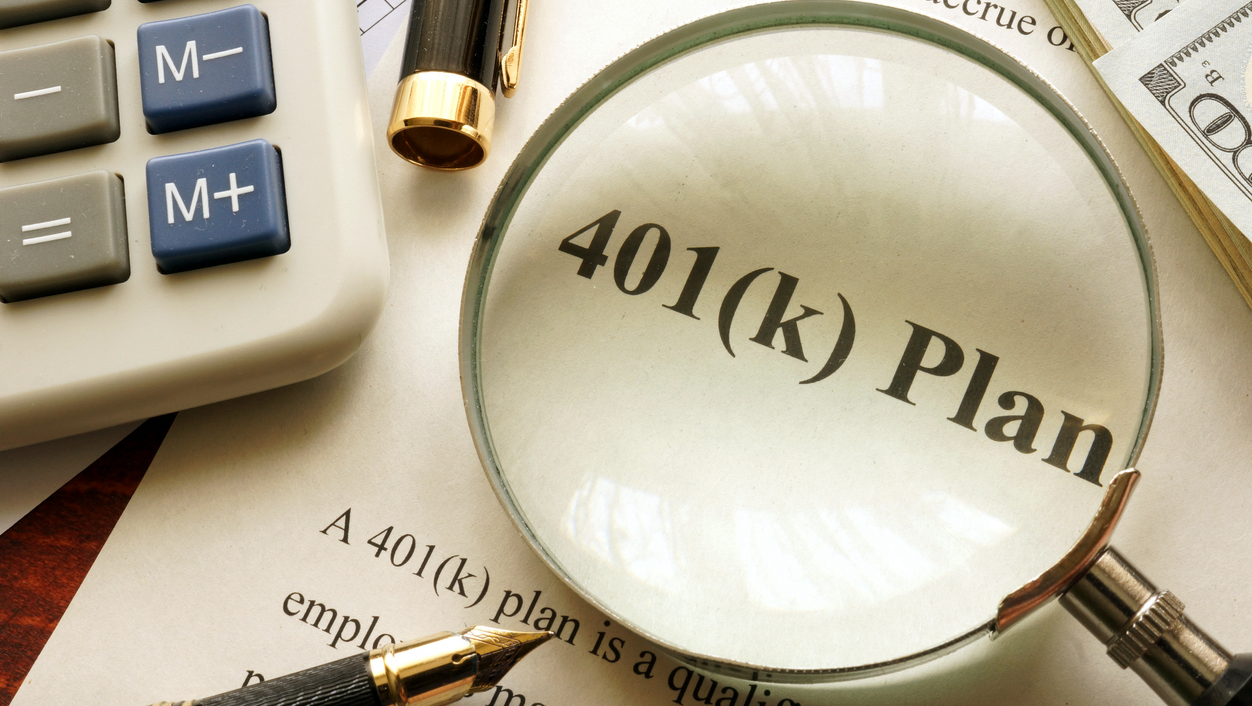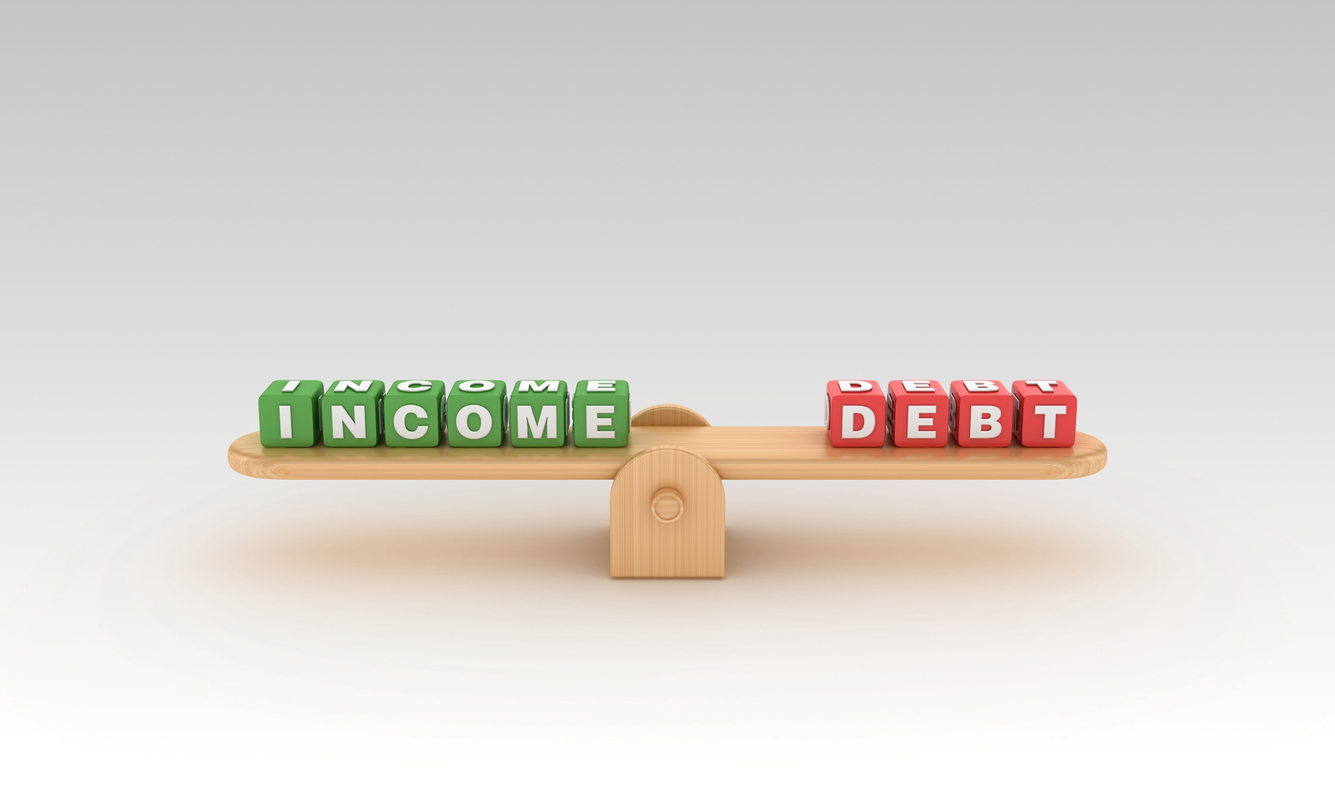
Erika Gonzalez Unlock Technologies staff writer
While everyone’s situation is different, a good way to improve your credit score is to pay off credit cards. Roughly 30% of a credit score is based on how much debt you have, so paying those balances off, or working on reducing them substantially, could have a positive impact.
What is Credit Utilization?
Credit scoring agencies also look at the amount you owe on your cards and compare that with how with much credit is available to you – a ratio known as credit utilization. The higher that ratio is, the more creditors may view you as a higher risk. Unlock partner Bankrate recommends using no more than 30% of the credit available to you to maintain healthy scores; lower is even better. When you pay off your credit card balances – assuming you don’t rack up charges again on them – your utilization will improve, and you’ll be in a better position for any future credit or loans you may need in the future.
Another factor in your credit score is payment history. If you’re juggling lots of debt, making payments on time can be challenging. Reducing that debt should make the equation easier and allow you to set up simple systems to ensure on-time payment of every bill (not just credit cards).
While there are different ways to address your credit card debt, what you need to know is that there is no “one size fits all” method. You need to consider variables like timeline, interest rates, your other debt and everyday expenses.
A good first step is to create a budget and include credit card payoff as a regular line item.
What Are Your Payoff Options?
Immediate payoff. With your HEA funds, you may want to pay off all your cards at once – if your budget allows. This strategy may not work for everyone, but it does allow you to achieve a clean slate quickly, which could improve your credit scores faster, and allow you to focus on other financial goals.
Debt avalanche method. This approach prioritizes paying off cards with the highest interest rate and working your way down to the those with the lowest rates. Start by ranking your cards by rate, which you can find on monthly statements, in online account information or by calling your credit card issuer(s). Once you have paid off your highest-rate card, move to the next one. With this method, you should save money in the long run because you’ll be paying less in interest. However, paying off debts this way can take a long time and requires patience to maintain.
Debt snowball method. Like a snowball that starts small and gets bigger as it’s formed, you start by paying off your smallest credit card debt and then moving to larger account balances later. List all your credit card debts and rank by balance size. For the one with the smallest balance, pay as much as you can beyond the minimum until it’s paid off. Then follow the same pattern for the next-largest account. This is a great strategy for consumers who need small victories to keep motivated. Unfortunately, it is less cost-effective since you’ll continue to accumulate interest on those larger account balances you haven’t yet paid off.

The blog articles published by Unlock Technologies are available for general informational purposes only. They are not legal or financial advice, and should not be used as a substitute for legal or financial advice from a licensed attorney, tax, or financial professional. Unlock does not endorse and is not responsible for any content, links, privacy policy, or security policy of any linked third-party websites.”


